Can someone please explain how this method works?
I tried adding System.out.print statements but it didn't get me anywhere and
I simply cannot seem to get my head around it at the moment.
public static double recursive(double x, double y, int n) {
if(n==0) {
return x;
}
return recursive(x, y, n-1) * (1+y);
}
EDIT: I have realised that I looked at this method from the wrong perspective (not sure how this happened but it did) and in a moment of panic I decided to ask for the wisdom of the masses.
The explanations for this are very clear and concise, also in regard to recursion in general, which is why I'd like to keep the post up rather than delete my moment of tomfoolery.
